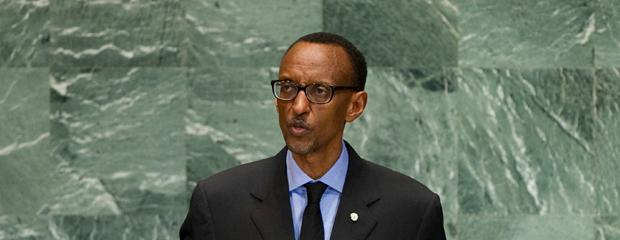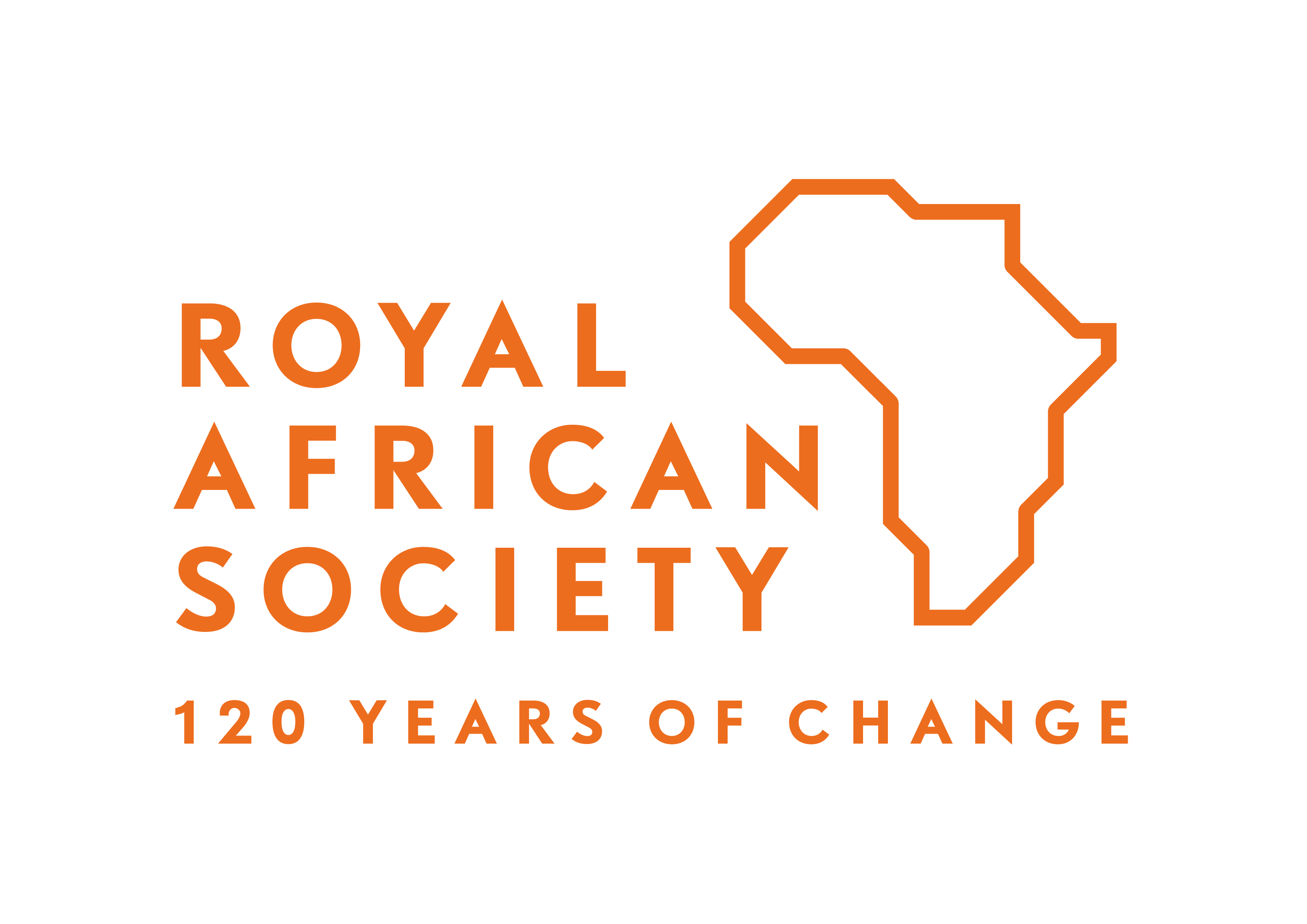Rwanda: Why claim that 200,000 Tutsi died in the genocide is wrong – By Marijke Verpoorten

 On October 1, 2014, BBC broadcasted its documentary Rwanda’s Untold Story. The documentary features two academics, Christian Davenport and Allan Stam, who put forward a controversial argument that 200,000 Tutsi were killed during the genocide (a figure that is much lower than conventional estimates). Several claims were made in the documentary, but the 200,000 estimate stood out, triggering outrage from diverse sources.
On October 1, 2014, BBC broadcasted its documentary Rwanda’s Untold Story. The documentary features two academics, Christian Davenport and Allan Stam, who put forward a controversial argument that 200,000 Tutsi were killed during the genocide (a figure that is much lower than conventional estimates). Several claims were made in the documentary, but the 200,000 estimate stood out, triggering outrage from diverse sources.
Rwandan genocide survivor groups, in an open letter to BBC, call the documentary a “blatant denial of the Genocide against the Tutsi”. In another open letter, 38 prominent international signatories, refer to the 200,000 estimate as “an absurd suggestion and contrary to all the widely available research reported”. Professor Filip Reyntjens, who also features in the documentary, writes in a recent African Arguments piece that “the figures provided by Professors Stam and Davenport on Tutsi and Hutu killed in 1994 do not appear to be based on solid research. At least the data they have published (not in a scientific journal or book, but merely on their website) are insufficient to support their claim, which flirts with genocide minimisation or denial.”
Let’s look at the factual data. To establish a reliable death toll among Tutsi, one needs to answer two questions. First, how many Tutsi lived in Rwanda at the eve of the genocide? Second, how many Tutsi survived? As revealed on their website, Davenport & Stam assume that there were 506,000 Tutsi in Rwanda in 1993, and 300,000 survivors after the genocide. Hence, the 200,000 death toll claim. How reliable are the two figures that make up this claim?
The 506,000 figure is unreliable. Davenport & Stam arrive at 506,000 based on an extrapolation of the 1952 population census data. The extrapolation from 1952 to 1993 assumes 2.5% population growth and subtracts UNHCR-numbers of Tutsi that fled Rwanda prior to 1994. Assuming 3.0% population growth instead of 2.5% would have yielded 620,000 Tutsi in 1993 instead of 506,000.
The UNHCR-numbers should also be taken with a pinch of salt. Clearly, extrapolating over such a large period does not yield reliable results, certainly when dealing with an exponential growth process in a turbulent period.
The last population census prior to the genocide was conducted in 1991. This census reported 596,000 Tutsi living in Rwanda, representing 8.4% of the population. Assuming an annual population growth of 2.5%, the number of Tutsi would have been 642,000 on the eve of the genocide, much higher than what is put forward by Davenport & Stam.
Why choose 1952 as a baseline over 1991, thereby seriously compromising the quality of the extrapolation? Concerning the 1991 census, the Human Rights Watch Report Leave none to tell the story says “Some critics assert that the number of Tutsi was underreported in that census and in the prior census of 1978 because the Habyarimana government wanted to minimize the importance of Tutsi in the population.”
This concern with Rwandan national census data may indeed motivate the use of the pre-independence 1952 census. But, here is the catch: because the concern with the 1991 census is one of underreporting of Tutsi, not overreporting, 642,000 Tutsi in 1993 (extrapolated from the 1991 census) should be seen as a lower bound. Davenport & Stam’s 506,000 estimate thus falls off the chart.
Regarding the underreporting of Tutsi in national census data, the 1999 HRW-report further says: “Although frequently said, no documentation has been presented to support this allegation.” In 2005, I published evidence in support of this allegation (French version here). I compared 1990 population data from the local Rwandan administration with data from the 1991 national Rwandan population census. Across these two data sources, I found an almost perfect match for the number of men and women, indicating the quality of the local population data.
In contrast, the share of Tutsi was much higher in the local population data than in the census data. This discrepancy is evidence for the underreporting of Tutsi in the 1991 census because the local administration had no reason to misreport the number of Tutsi (the ethnic quota policy depended on the national figures, not on the local ones), and Tutsi themselves could also not easily misreport their ethnicity towards local administrators (because family histories were known locally).
In 2005, I did this comparison only for one Rwandan province, so the finding could not be generalized to the whole of Rwanda. Recently, I obtained local population data for all Rwandan provinces, be it for the year 1987. These data indicate a share of 10.6% Tutsi in Rwanda, instead of 8.4% as reported in the 1991 census. I do not claim that 10.6% is perfectly reliable, but – given the allegations and evidence of underreporting in the 1991 census – I consider it more reliable than 8.4%.
Applying 10.6% to the total population reported in the 1991 population census (7,099,844), one reaches a number of 754,713 Tutsi in 1991. Assuming 2.5% population growth, one can calculate that on the eve of the genocide, there were 811,941 Tutsi living in Rwanda. Depending on what you consider as reliable for the number of survivors (300,000 or 150,000), you then reach a death toll of 512,000 or 662,000.
The range of 150,000-300,000 survivors is commonly used. At the end of July 1994, head counting in refugee camps resulted in an estimated 105,000 Tutsi survivors. According to Gérard Prunier 25,000 survivors who did not go to camps should also be added, and HRW adds another 20,000 surviving Tutsi in the Democratic Republic of the Congo and Tanzania. This gives a total of 150,000 Tutsi survivors. In later years, various surveys by the Rwandan government, the gacaca transitional justice system and genocide survivor organizations reached higher estimates of around 300,000.
In the 1999 HRW-report Alison Des Forges wrote “Establishing a reliable toll of those killed in the genocide and its aftermath is important to counter denials, exaggerations, and lies. The necessary data have not been gathered but speculation about death tolls continues anyway, usually informed more by emotion than by fact.” Even twenty years after the genocide, there still is a need for more independent factual research, as is also recognized by Davenport in a recent piece. Based on the research done so far, I would claim that 512,000-662,000 is a much more plausible range for the Tutsi death toll than a range that includes 200,000.
Marijke Verpoorten is Associate Professor, University of Antwerp.






I worked in the ministry of education in 1999 preparing statistics for Education for All. What was interesting in 1994 was that the number of children in school around December was roughly the same as it had been in January though there had been a substantial dip throughout the middle of the year. Even allowing for the common phenomenon of reporting registration rather than actual presence it was a very odd result. Those data would be hot property if still accessible.
if u want to get the truth, go and count the skulls. Our lost ones had names and they are all known.
I am a survivor of 1994 Tutsi genocide. I started reading Professor Davenport’s reports since 2005. I wrote to him several times disputing his reports regarding the numbers of survivors but he probably doesn’t answer individuals on the matter even if the individual is actually a survivor.
What I would like to contribute here is that, prior to 1994 many Tutsi didn’t really register births. I myself didn’t register births of my three children whom two died during the genocide. The census of 1991 was carried out by students who had neither training nor experience whatsoever. They went door to door collecting data. I remember not producing my identity card to them neither did they ask for it. After the genocide I relocated to the UK. My family and I were never accounted for as survivors of the genocide and nor were many other survivors I know. So my simple conclusion on the professors’ findings is that the numbers don’t make sense whether the findings are empirical or not. I was there I witnessed everything.
We all know that BBC lied, is taking part with genocide deniers! finally, We Rwandans do need people like u who help us to the last step of genocide, DENIAL, and u did a good analysis…Keeep up
Interesting but I wonder why the 2005 Ibuka house to house nation-wide survey has never been made public. Some rwandan sources inform that the survey estimated the number of survivors living in Rwanda to be nearer 400.000. If true this will bring down the lower bound of the 512.000-662.00 ‘plausible’ range. As long as it remains unclear how many Hutus or even Twas during or shortly after the genocide period it will be difficult to disaggregate the total number of victims by ethnic group.
It is funny that despite the efforts by Marijke Verpoorten to inflate the number of Tutsis in 1994 and deflate those who survived in order to get more Tutsi killed for her own benefits, (her thesis), the number of Hutu killed still becomes to large to ignore or not to at least deserve investigation to what really happened. So far, no analysis has matched those of Davenport/Stams. Their assumptions and data used makes more sense than any other. The only thing the world should demand is an open assessment without Kagame govt interference so that perpetrators Hutus or Tutsis and in particular those protected by the Rwanda’s RPF govt be held accountable.
This is a very serious attempt by genocide supporters to begin re-writing history and I would like to offer my witness observations since I was in Rwanda from June 1994 to March 1995.
I was working for a UN Agency in Rwanda and carried out the first information collection survey in the country immediately after the genocide had stopped. Among the questions we asked were a series of questions to determine how many people had died in the genocide. Our survey was flawlessly carried out notwithstanding the difficult conditions we worked under and we obtained a total of 1,230,000 killed by the genocidaires these two authors are now supporting.
Moreover, from information collection my duties changed to burials of the slaughtered. We began with the government to review the places where we had to go and hold burial ceremonies and we came up with an initial list of 540 different places, which the government estimated to be 50% of the mass graves to be found. The rest of the victims would not have been buried in mass graves and simply left to decompose in their homes and this would have been a fairly large percentage but undetermined.
I accompanied the first team to the first two dozen places and we buried a total of approximately 50,000 massacred bodies pulled from huge mass graves. I was unable to continue with this gruesome task but let us do the math of what I did manage to participate in: 24 sites produced 50,000 bodies and the list contained another 516 sites. Since these were large mass graves we must assume that we had not identified all the large mass graves in the first two dozen attempts. It is therefore impossible for these mass graves, plus the thousands of homes and thousands of victims thrown in rivers and lakes to have numbered the pittance (150,000) these seriously psychopathological men are claiming.
I have watched the total number of total victims go down continuously since I left Rwanda and there has never been even an attempt to hide the innate racism in such claims. Please do not allow this to continue. Such actions as these men are carrying out can serve no other purpose than to pave the way for yet more genocides to take place.
what is chloroquine used for https://chloroquineorigin.com/# long term side effects of plaquenil
cialis generic generic cialis
I frankly don’t understand the thrust of your critique here. Let’s take your “worst case” numbers as fact and say Davenport & Stam vastly under-counted – 811,941 Tutsi living in Rwanda on the eve of the genocide, of which only 150,000 survived (662,000 murders). The low end estimate for total death toll is ~800,000, which means even if you are completely correct about both the above figures, a minimum of 200,000 Hutus were murdered, which is a horrifying number. You haven’t refuted their central point, which is that the RPF committed crimes against humanity, if not outright genocide. If anything, you’ve reinforced their point. So what’s the point of this? What exactly are you trying to say?